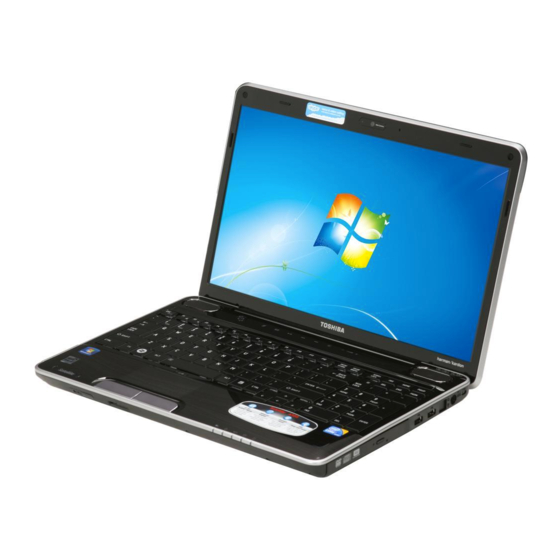
Toshiba Satellite A500 Service Manual
Hide thumbs
Also See for Satellite A500:
- User manual (269 pages) ,
- Maintenance manual (245 pages) ,
- Manual del usuario (248 pages)







Need help?
Do you have a question about the Satellite A500 and is the answer not in the manual?
Questions and answers
Ghost typing